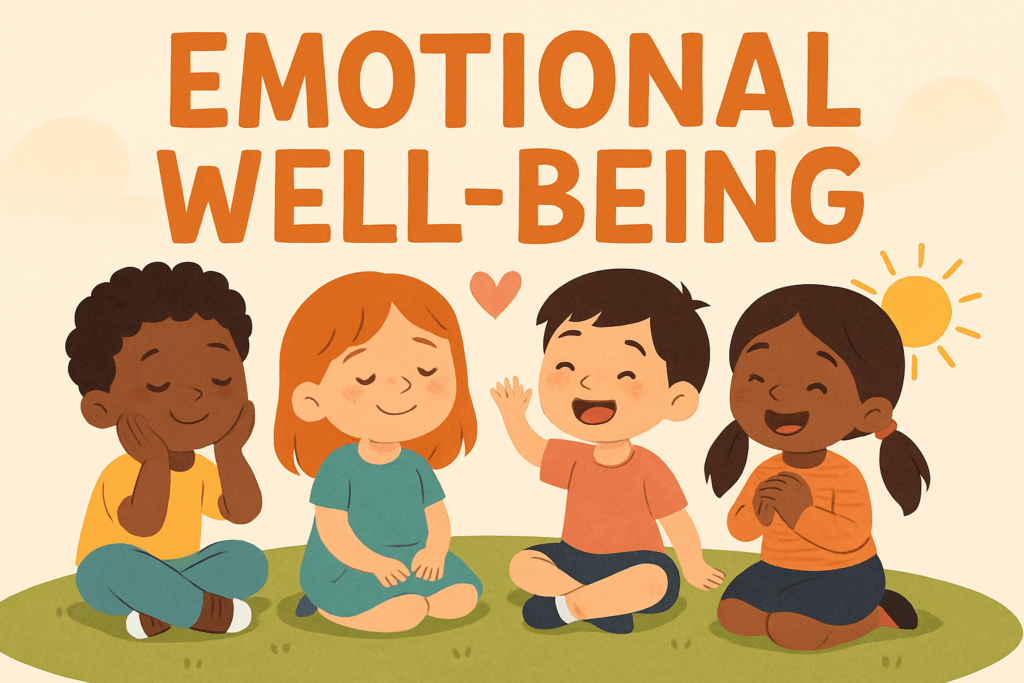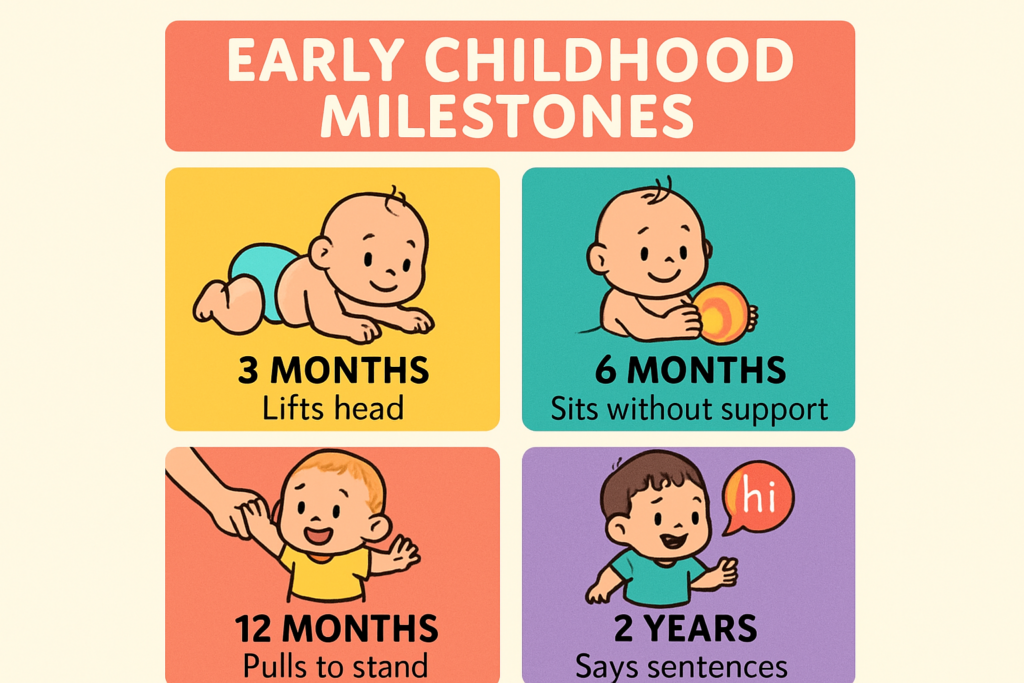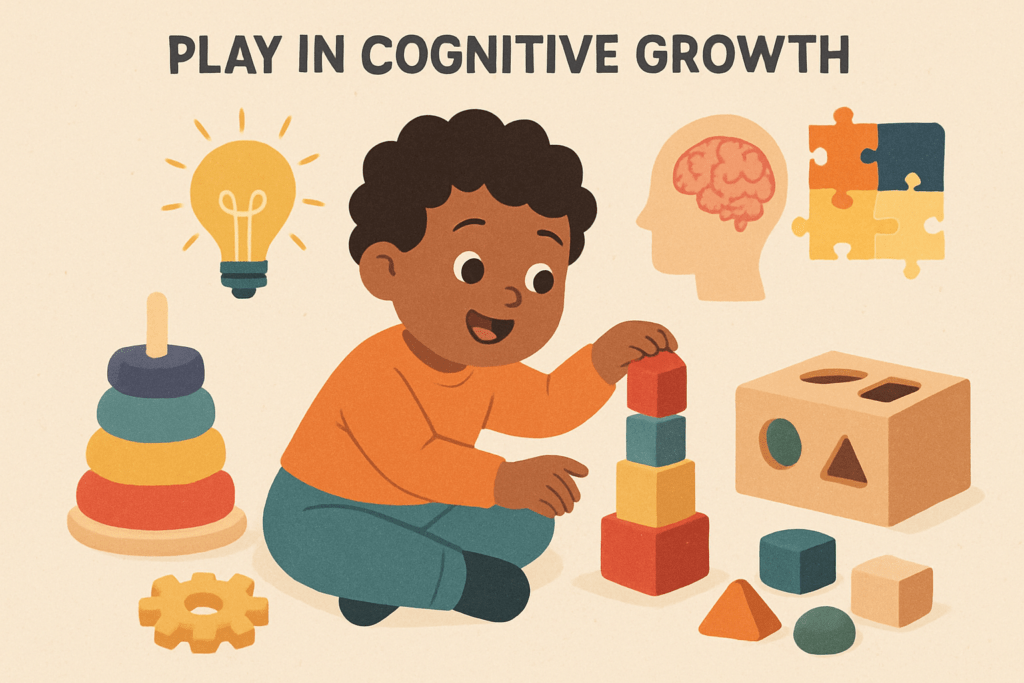Why Emotional Well-being Matters for Children
- Introduce the concept: why emotional health is foundational in childhood.
- Use the primary keyword: emotional well-being children.
- Connect emotional wellness to positive learning, relationships, and behavior.
Why Emotional Well-being Matters for Children
Let’s not overcomplicate it: emotional well-being in children is the solid ground on which everything else is built. It’s about more than just avoiding breakdowns or tears—emotional well-being in children sets the stage for learning, friendships, and behavior, both in the classroom and at home.
Think of it this way: a child who feels safe, heard, and understood is more likely to explore new things, take risks, and bounce back from mistakes. These are the kids who can handle a tough math problem or a fight on the playground without falling apart. Emotional wellness isn’t an add-on; it’s the root system that helps kids grow into healthy, adaptable adults.
When emotional needs are met early on, children develop confidence, focus, and empathy. They’re open to learning because their minds aren’t bogged down by stress. They form better relationships because they know how to express their wishes and respect others. Even their behavior is more positive—they can handle frustration without acting out, and they can cooperate with others.
In short, prioritizing emotional well-being for children isn’t just a “nice to have”—it’s a must. It shapes everything else they do and lays down the best odds for lifelong success.
Signs of Healthy Emotional Development
So, what does strong children’s emotional health actually look like—especially when you’re seeing it day in and day out? It’s not about never getting upset or always being cheerful. It’s about how a child manages their feelings, bounces back, and connects with others. Kids with good mental wellness in kids show some clear patterns: they can usually share how they feel (even if that means saying, “I’m mad!”), ask for help when stuck, and play or work with others without too much drama.
You’ll notice milestones like learning to wait their turn, using words instead of fists in a disagreement, or handling a small letdown (like losing a game) without an epic meltdown. Healthy emotional development also shows up when a child can comfort a friend, recognize how someone else may be feeling, or try again after failing at something. These skills don’t always look perfect, but even young kids can show them in fits and starts.
That said, rough patches are normal. Tantrums, new fears, or moments of withdrawal come with the territory, especially with big transitions or stress. The key is balance and bounce back. Occasional anxious habits—biting nails, clinging—aren’t red flags on their own, but if they linger or spiral, it may warrant a closer look.
Bottom line: Children with healthy emotional foundations express a range of feelings, recover from setbacks, and stay connected to people around them—even when things get wobbly.
Everyday Practices to Boost Emotional Well-being
Supporting emotional well-being in children doesn’t have to mean big, complicated changes. Most of it comes down to what you do every day, almost without thinking. Start with the basics: be available, be honest, and be consistent.
Model healthy emotion expression. If you’re frustrated, say so (in a calm way). If you mess up, admit it. You don’t need a perfect script—kids learn by watching adults handle stuff. So, every time you talk through a tough moment, you’re showing them how to act when they feel the same way.
Keep communication open and simple. Ask real questions—“How was your day?” is OK, but “What made you laugh today?” or “Was something tricky at school?” gives kids space to share. When they do talk, listen. Really listen, without jumping in to fix things right away. Sometimes kids just need to get their feelings out.
Label emotions out loud. It might feel silly at first, but naming feelings helps children recognize and manage them. “It looks like you’re frustrated,” or, “I can see you’re really proud of your drawing.” Over time, this builds their emotional vocabulary—and their sense of control.
Don’t underestimate routines. Predictable meal times, bedtimes, and even simple rituals like saying goodnight or sharing a joke help kids feel secure. A set pattern doesn’t have to be strict, just reliable. In a world that changes fast, consistency is a comfort.
In the end, there’s no single right way to boost mental wellness in kids. But by keeping things casual, honest, and predictable, you make it normal for feelings to be talked about—and that’s the foundation of lifelong emotional well-being.
Building Psychological Resilience—Simple Steps
Psychological resilience is a fancy way to describe a child’s ability to handle hard stuff and bounce back. It’s not about shielding kids from every bump and bruise—life will throw curveballs no matter how careful we are. Instead, resilience is about helping kids face challenges, recover, and even grow from them.
Start with the daily routine. Teach kids it’s okay to mess up. When they spill juice or forget their homework, resist the urge to scold or fix it for them. Instead, talk through it. “What happened? How can we deal with it?” This builds problem-solving skills and self-trust—core parts of psychological resilience.
Encourage small risks. Let your child try something new, even if there’s a chance of failure. Cheer them on, and if things fall apart, normalize the experience: “Everyone gets things wrong sometimes. Let’s figure out a new way.” These moments are priceless training in how to recover from setbacks.
Model calmness in your own reactions. Kids absorb how you handle stress. Breathe, pause, and talk about your feelings out loud: “I’m frustrated, but I know I’ll get through it.” This teaches by simple example that big emotions and challenges are survivable.
Finally, praise effort over outcome. Notice their bravery for trying, their persistence when things are tough, or how they handled disappointment. Resilience is like a muscle—the more kids practice it, with your steady support, the stronger it gets.
The Power of Connection: Parents, Caregivers, and Community
Children don’t just thrive on food and sleep—they need people, too. Secure relationships are the backbone of emotional well-being in children. When kids know they’ve got someone in their corner, whether that’s a parent, grandparent, or trusted neighbor, it builds a sense of safety no amount of rules can replace.
At home, simple acts—like reading together, eating as a family, or talking about the day—show kids they’re seen and heard. But it matters outside the house, too. Positive friendships and connections at school or in the neighborhood give children room to develop empathy, trust, and a sense of belonging. Social connection isn’t about having tons of friends or a picture-perfect family. It’s about knowing at least one person is there when life gets bumpy.
Community ties help fill the gaps. Think about sports teams, clubs, or even a kind librarian that recognizes your child by name. These steady relationships build a safety net, so when challenges hit, kids bounce back more easily.
Want a deeper look at how society shapes parenting and the resources around kids? Check out this breakdown of how legislation changes could affect parenting practices. Supportive laws, flexible workplaces, and good child care options can make or break a family’s ability to nurture those crucial connections.
Bottom line: emotional well-being isn’t just an individual thing—it’s built, every day, through relationships with the people and communities that wrap around a child.
When to Seek Support
Sometimes, despite everyone’s best efforts, a child struggles more than usual. It’s important to pay attention if you notice ongoing changes in their mood, energy, sleep, or appetite. Persistent sadness, irritability, frequent tantrums beyond the usual age, or withdrawal from friends and activities could be red flags. Trouble focusing, intense fears, or talk of self-harm also deserve attention.
Reaching out for extra help isn’t a failure—it’s a smart next step. Teachers or school counselors can offer perspective. Pediatricians can rule out medical causes and connect you with mental health professionals. Support is out there, from local therapists to community programs and hotlines. Early action makes a difference. When in doubt, trust your gut and get advice; it’s better to ask than wait and worry alone.
Further Learning & Resources
If you’re looking to dig deeper into children’s emotional well-being, it pays to stick with solid, straightforward resources. Skip the guesswork and check out expert-backed advice on what really works. One smart place to start is this U.S. government guide to promoting emotional well-being, which is loaded with practical tips, signs to watch for, and ways to support mental wellness in kids at every age.
You might also want to reach out to your child’s school counselor or local pediatrician for personalized recommendations. And remember—community parent groups (online or in-person) often share vetted books, podcasts, and simple routines that actually fit real life. It doesn’t have to be complicated. It just takes finding what fits best for you and your kid.
What Happens After Winning Millions?
Winning a life-changing lottery jackpot is every player’s dream, but few are prepared for what comes next. While the sudden influx of wealth brings excitement, it also introduces numerous challenges. Here’s what often unfolds after hitting the jackpot.
The Financial Reality of Winning
Many winners face critical financial decisions almost immediately:
- Taxes and Legal Issues: A significant portion of the winnings often goes to taxes, and failing to plan can lead to legal troubles.
- Investing vs. Spending: Some winners hire financial advisors to ensure long-term security, while others spend impulsively without a plan.
- Budgeting for the Future: Without proper money management, even the largest jackpots can disappear quickly.
A Lifestyle Overhaul
A sudden fortune changes life in more ways than one:
- Luxury Purchases: Mansions, sports cars, and extravagant vacations become instantly affordable.
- Social Pressure: Long-lost friends and distant relatives often reappear, expecting a share of the winnings.
- Privacy Challenges: Some winners struggle with unwanted media attention and public scrutiny.
While some embrace their new wealth openly, others choose to live discreetly to avoid pressure and expectations.
Giving Back and Creating a Legacy
For some, wealth is not just about personal luxury—it’s an opportunity to make a difference. Many winners choose to:
- Donate to Charities and Community Projects: Supporting those in need or improving local communities.
- Fund Scholarships or Support Education Initiatives: Investing in the next generation.
- Invest in Businesses: Creating jobs and opportunities for others.
Some lottery winners transform from players to philanthropists, proving that wealth can be used to leave a lasting impact. However, not all stories end positively—many who fail to manage their winnings properly find themselves bankrupt within years.


 Founder & Chief Editor
Founder & Chief Editor
